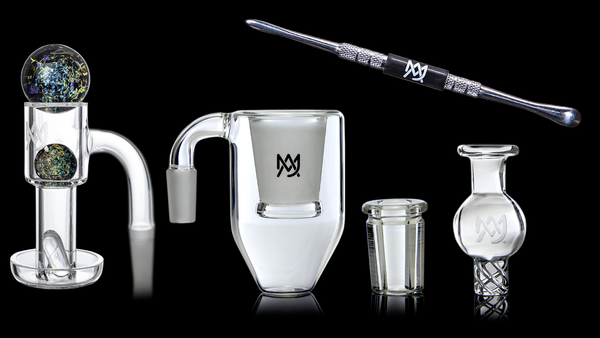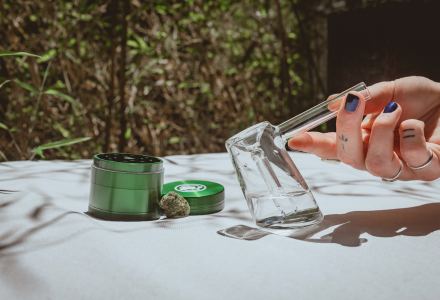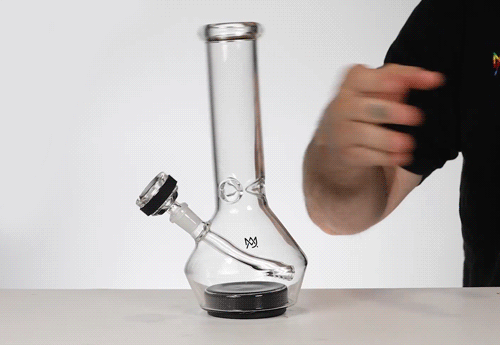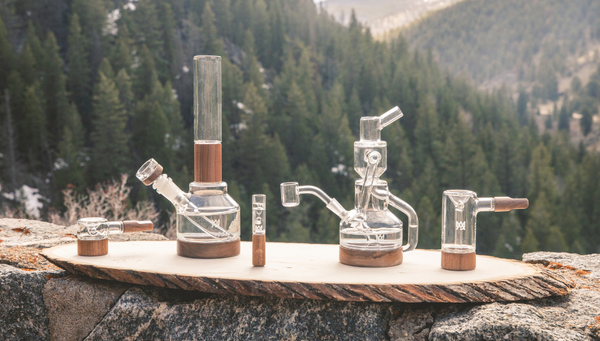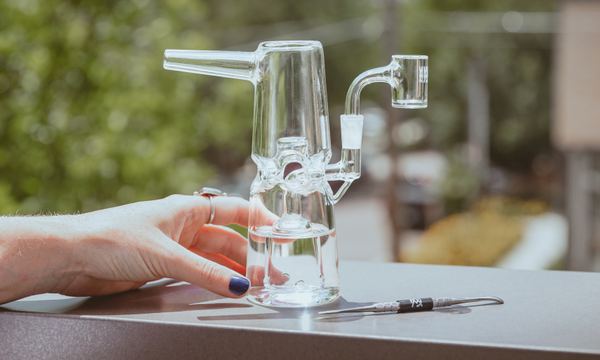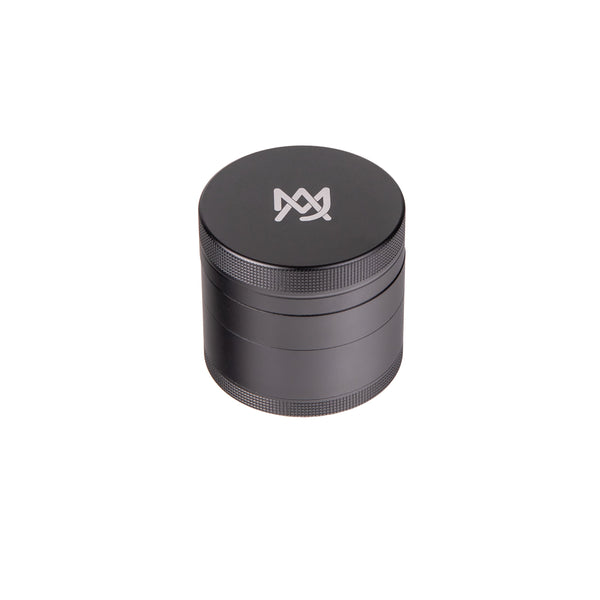
How to Grind Herbs for Smoking
How To Grind Herbs For Smoking
Drawing from ancient practices, the art of grinding herbs for smoking has been passed through generations. This article explores this intricate process, from selecting appropriate herbs, preparation, to the actual grinding.
Additionally, it sheds light on proper storage methods for ground herbs. Delving into these facets not only enhances the smoking experience but also respects the tradition behind it.
Join this enlightening journey to master the art of grinding herbs for smoking.
Key Takeaways
- Proper grinding enhances the potency of herbs and maximizes the release of active compounds.
- Grinding fresh herbs ensures a consistent burn and improves the overall smoking experience.
- Using a grinder allows for customization of herb consistency and reduces wastage by grinding only what is needed.
- Regularly cleaning and maintaining the grinder helps preserve the potency of active compounds and provides a smoother smoking experience.
Understanding The Importance of Grinding Herbs
The significance of grinding herbs for smoking lies in its ability to increase the surface area of the herb, leading to a smoother, more consistent burn and a fuller release of the herb's active compounds. Grinding the herbs finely allows them to be evenly distributed across the rolling paper or pipe bowl, enhancing the overall smoking experience. It improves the airflow, reducing the chance of blockages and ensuring that the herb burns at a steady rate.
The process of grinding also helps in the extraction of the herb's potent substances. These substances are often responsible for the herb's effects, and grinding allows these compounds to be fully exposed and activated by the heat of the burn. Without proper grinding, these substances may remain locked inside the plant material, making the smoking experience less effective and efficient.
An understanding of the importance of grinding herbs for smoking thus underscores the need for proper preparation of herbs for smoking. It is a step that should not be overlooked, as it can significantly enhance the quality and potency of the smoking experience.
Therefore, grinding is an essential step in the preparation of herbs for smoking.
Choosing the Right Herbs
The selection of herbs is a key aspect that significantly influences the overall smoking experience, largely attributed to the diverse flavors they present.
The process entails a comprehensive understanding of the distinct characteristics each herb possesses, ensuring the chosen herb aligns with the user's flavor preferences.
Moreover, the technique of combining different herbs poses an additional layer of complexity, as it requires careful consideration to create a balanced and enjoyable blend, thereby emphasizing the importance of herb selection and combination.
Selecting Herbal Flavors
Opting for specific herbal flavors should be based on personal preference, the desired effects, and compatibility with the intended smoking method.
The choice of herbs extends beyond mere taste; it also involves the effects they produce when smoked. For instance, some herbs, like lavender and chamomile, are known for their calming effects, while others, such as ginseng or yerba mate, are recognized for their stimulating properties.
It is also fundamental to consider the compatibility between chosen herbs and the smoking method. Certain herbs may not burn well in some smoking devices.
Lastly, individuals should also consider the texture of the herb as some are more suited for grinding than others.
Thorough research and experimentation are key to making informed decisions regarding herbal flavors for smoking.
Combining Different Herbs
Exploring the practice of mixing different botanical elements can potentially enhance the overall experience and create unique flavor profiles. This technique allows for the creation of personalized blends tailored to individual preferences, increasing the potential for satisfaction with herbal smoking experiences.
The process generally involves:
- Identifying preferred flavors: This involves exploring different herbs to understand their unique flavors and effects.
- Combining complementary herbs: Certain herbs blend better together than others. Research and experimentation play essential roles in determining these combinations.
- Testing small blends: Before creating large quantities, small scale testing can ensure the desired taste and effect.
- Adjusting blends as needed: Based on feedback from the testing phase, adjustments can be made to perfect the blend.
This methodical approach to blending different herbs can contribute to a more enjoyable herbal smoking experience.
Preparing Your Herbs for Grinding
The process of preparing herbs for grinding involves two crucial steps: cleaning and drying the herbs.
The initial stage of cleaning the herbs ensures the removal of any undesired impurities and dirt that could potentially affect the quality of the smoke.
Subsequently, the drying process is essential to achieve the desired texture and moisture level, which contributes significantly to the overall smoking experience.
Cleaning the Herbs
Before grinding, it is crucial to thoroughly clean the herbs to remove any dirt or unwanted particles. This step ensures the purity of the herbs and enhances the overall smoking experience.
This process can be broken down into four easy-to-follow steps:
- Gather the herbs and inspect them for any visible dirt, dust, or other unwanted particles. This can be done under good lighting for better visibility.
- Rinse the herbs gently under cold, running water. This will help to wash away any impurities that could impact the flavor of the herbs.
- Pat dry the herbs using a clean towel. This removes excess moisture, which can affect the grinding process.
- Allow the herbs to air dry completely before grinding. This ensures an even grind and prevents the herbs from clumping together.
Drying the Herbs
Properly drying the botanical substances after cleaning is an essential step to ensure optimal results. This process aids in the preservation of the herbs, ensuring that they retain their crucial properties and provide a smooth smoking experience.
The initial phase of drying involves allowing the herbs to air dry naturally in a well-ventilated area free from exposure to direct sunlight. This stage can take approximately one to two weeks, depending on the thickness and moisture content of the herbs. Furthermore, the herbs must be turned regularly to promote even drying.
After the natural drying phase, the herbs can be further dehydrated in an oven or a specialized dehydrator to remove any remaining moisture. This secondary drying stage is particularly beneficial for denser herbs that tend to retain more moisture. Careful monitoring during this stage is crucial to prevent overheating, which can degrade the quality of the ground herb.
The Grinding Process
Grinding herbs for smoking involves a meticulous process to ensure the consistency is just right for an optimal smoking experience. After the herbs have been thoroughly dried, they are ready for grinding. This process helps to break down the herbs into a finer consistency, which can be easily rolled into a cigarette or packed into a pipe.
There are several methods to grind weed, but three are predominantly used:
- Hand-grinding: Involves manually breaking up the herbs using hands. This method is less efficient and may lead to an uneven grind.
- Herb grinder: A mechanical device specifically designed to grind herbs. It offers a uniform consistency, making it the preferred method for most smokers.
- Electric grinders: An efficient and effortless method, but can sometimes over-grind the herbs, leading to a dust-like consistency.
- Coffee Grinder: You can also use kitchen tools like a coffee grinder or cheese grater for grinding weed, but an actual sticky weed grinder is a better choice. You can store finely ground herbs in a shot glass or empty pill bottle if you have nothing else on hand. You can even use a pepper grinder here. Your imagination is the only limit.
- Knife & Chopping Board: A cutting board is great for chopping up ground weed in a pinch. This is best for dry herbs that can crush down into a fine powder.
The selection of the grinding method depends on individual preference, but achieving a consistent grind is crucial. A fine grind allows for a smooth, even burn, enhancing the smoking experience. It is, thus, essential to find a balance between a grind that is neither too coarse nor too powdery. Careful attention to this detail assists in maximizing the potential of the herbs used.
Storing Your Ground Herbs
Having elucidated on the intricacies of the grinding process, it is also important to consider the subsequent stage, which is the storage of ground herbs. Proper storage is crucial as it influences the longevity and potency of the herbs, impacting the overall smoking experience.
The preservation of ground herbs necessitates an environment that is devoid of light, heat, and moisture. These elements can deteriorate the quality of the herbs, leading to a poor smoking experience. Therefore, storing these herbs in air-tight containers, preferably made of glass or ceramic, is recommended. These containers should be kept in cool, dark areas to guard against exposure to heat and light.
Moreover, it is essential to keep in mind that herbs should not be ground until they are ready to be used. Grinding breaks down the herbs, increasing the surface area exposed to air. This can result in a quicker loss of potency due to oxidation. Thus, while grinding in large quantities may seem convenient, it could compromise the quality of the herbs.
To maximize the benefits of smoking herbs, proper storage of ground herbs plays an integral role. It not only preserves their potency but also extends their shelf life, ensuring an optimal smoking experience.
Frequently Asked Questions
What are the legal implications of grinding herbs for smoking?
Legal implications of grinding herbs for smoking vary significantly, influenced by local and international laws. Potential consequences range from legal if the herb is permissible, to severe criminal penalties for controlled substances.
Can I smoke ground herbs if I have certain health conditions?
While smoking ground herbs may seem innocuous, the implications for those with specific health conditions cannot be overlooked. Particularly in individuals with respiratory issues, the inhalation of smoke may exacerbate existing conditions or cause new complications.
Are there any alternatives to smoking ground herbs?
Alternatives to smoking ground herbs include vaporizing, consuming them in teas or tinctures, or using them in aromatherapy. These methods can offer the benefits of herbs without the potential harm associated with smoking.
What are the effects of smoking different types of ground herbs?
According to a 2017 study, 26% of individuals reported using herbs for smoking. The effects vary significantly depending on the herb type, potentially causing relaxation, increased focus, or adverse respiratory symptoms.
Can I mix different herbs together for smoking?
Indeed, different herbs can be combined for smoking purposes. However, caution is advised as the interaction between various herbs can lead to unpredictable effects. Always research the herbs' compatibility before attempting such combinations.
Conclusion
In conclusion, the meticulous process of grinding herbs for smoking involves selecting suitable herbs, preparing them appropriately, and storing them post-grinding.
The importance of this process should not be taken with a grain of salt as it profoundly influences the quality of the smoking experience.
Knowledge and practice in grinding herbs indeed play an integral role in maximizing the potential benefits of herbal smoking.


 Alpine Series
Alpine Series
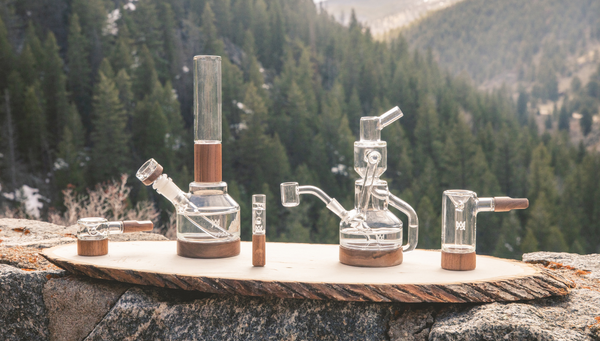
 Bubblers (NEW)
Bubblers (NEW)

 Hand Pipes (NEW)
Hand Pipes (NEW)
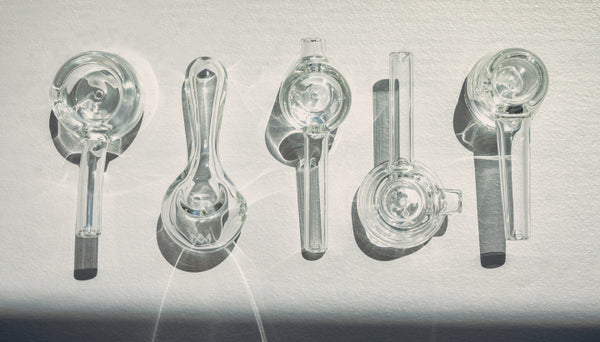
 Dab Rigs
Dab Rigs
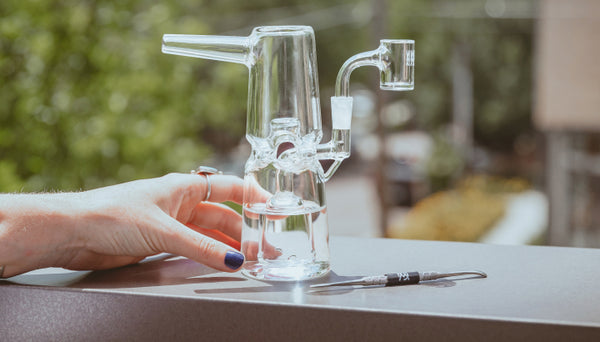
 Bongs (NEW)
Bongs (NEW)

 E-Rig Accessories (NEW)
E-Rig Accessories (NEW)

 Mystery Boxes
Mystery Boxes

 Accessories
Accessories
